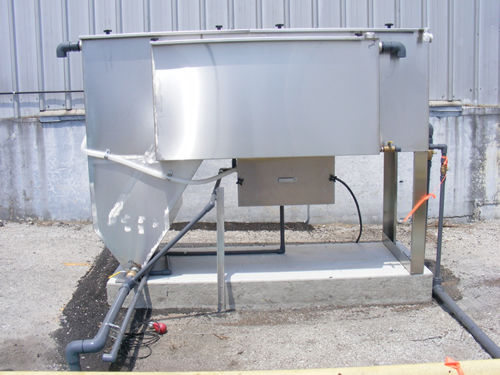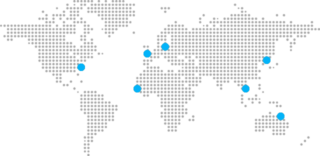Above Ground Clarifier Oil Water Separator Flow Process
- The oil/water/sludge mixture enters the oil water separator
- The heavier sludge and particulates fall out of the fluid and are captured in the sludge hopper
- The oil and water mixture with lighter particulates travels up the inclined plates
- The inclined plates start to separate the mixture. Some oil rises to the top of the separator and the remainder of the particulates slide back down to the sludge hopper.
- The remaining oil and water mixture then moves through the coalescing media packs where the majority of the smaller oil particles attach to the media and combine together to form larger oil particles.
- These larger oil particles become so buoyant that they release from the media and travel to the top of the separator.
- As the oil volume in the separator reaches a certain level, the oil is drained to through piping to an oil storage tank.
- The clean water continues over the weir to the clean water chamber where it goes through a final polishing pack and out to the sewer.
WashBaySolutions.com offers a full line of oil and water separators that conform to the guidelines of API 421 for the removal of all free and dispersed non-emulsified oil and solids that settle from the waste stream. Get a Quote Today!
Oil Water Separator – Frequently Asked Questions
Please see a list of question and answers below related to our oil water separator products.
- How does the flow process work?
- How do you maintain an oil water separator?
- How does the oil separator remove the oil from water?
- What are the advantages to an oil water separator system?
- What is the difference between a clarifier oil water separator and an oil water separator?
- Why would you choose an above ground oil water separator vs. a below ground oil water separator?
- How to review and compare multiple oil water separators?
- What is the difference between Oil Interceptors vs. Oil Water Separators?


